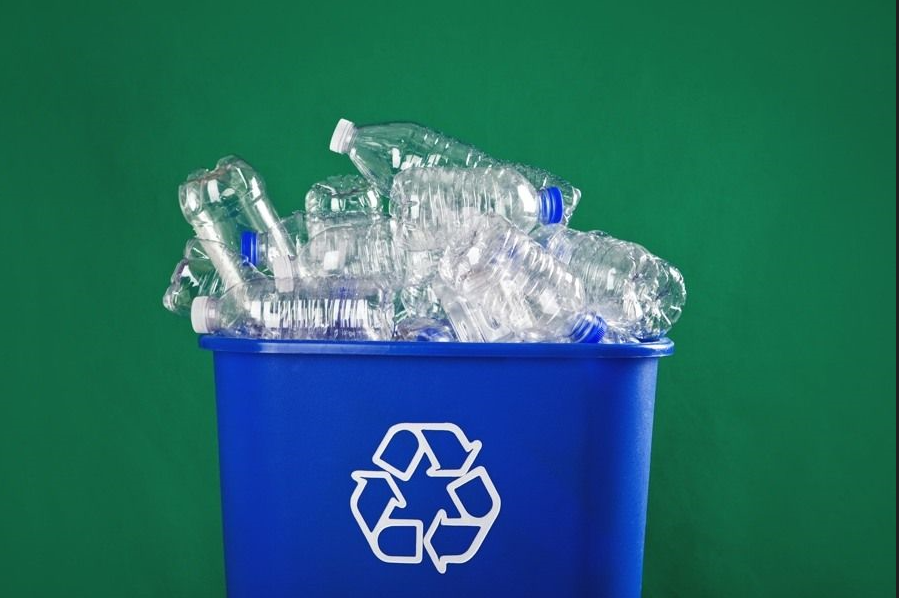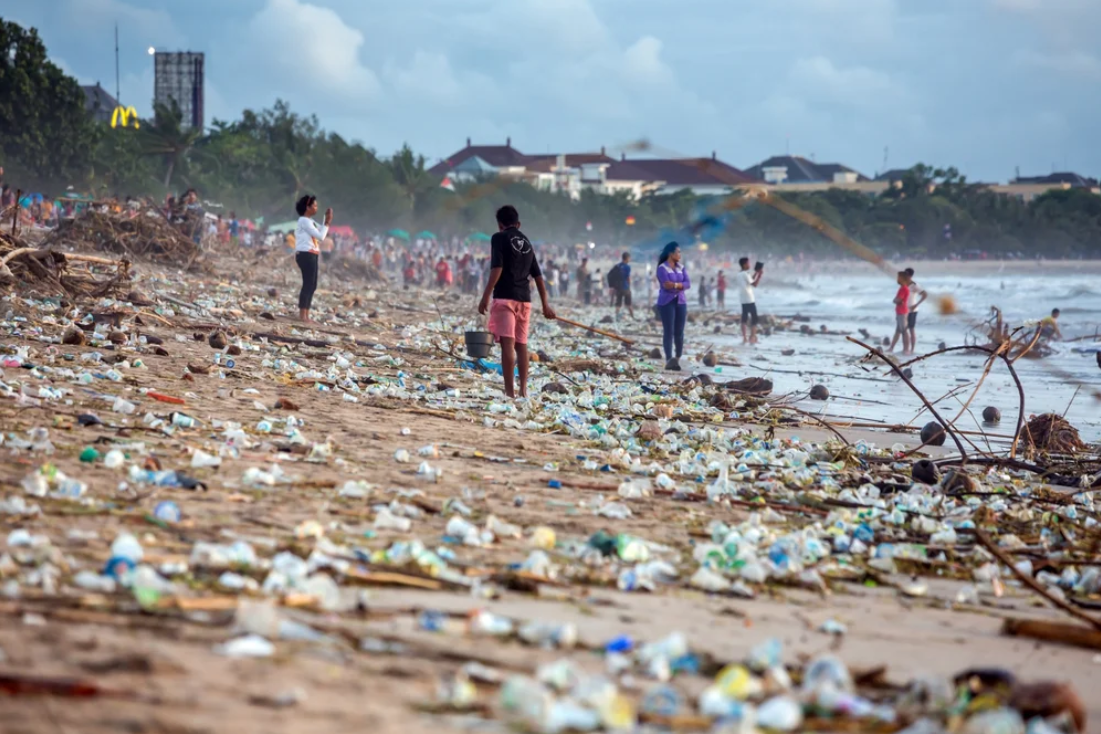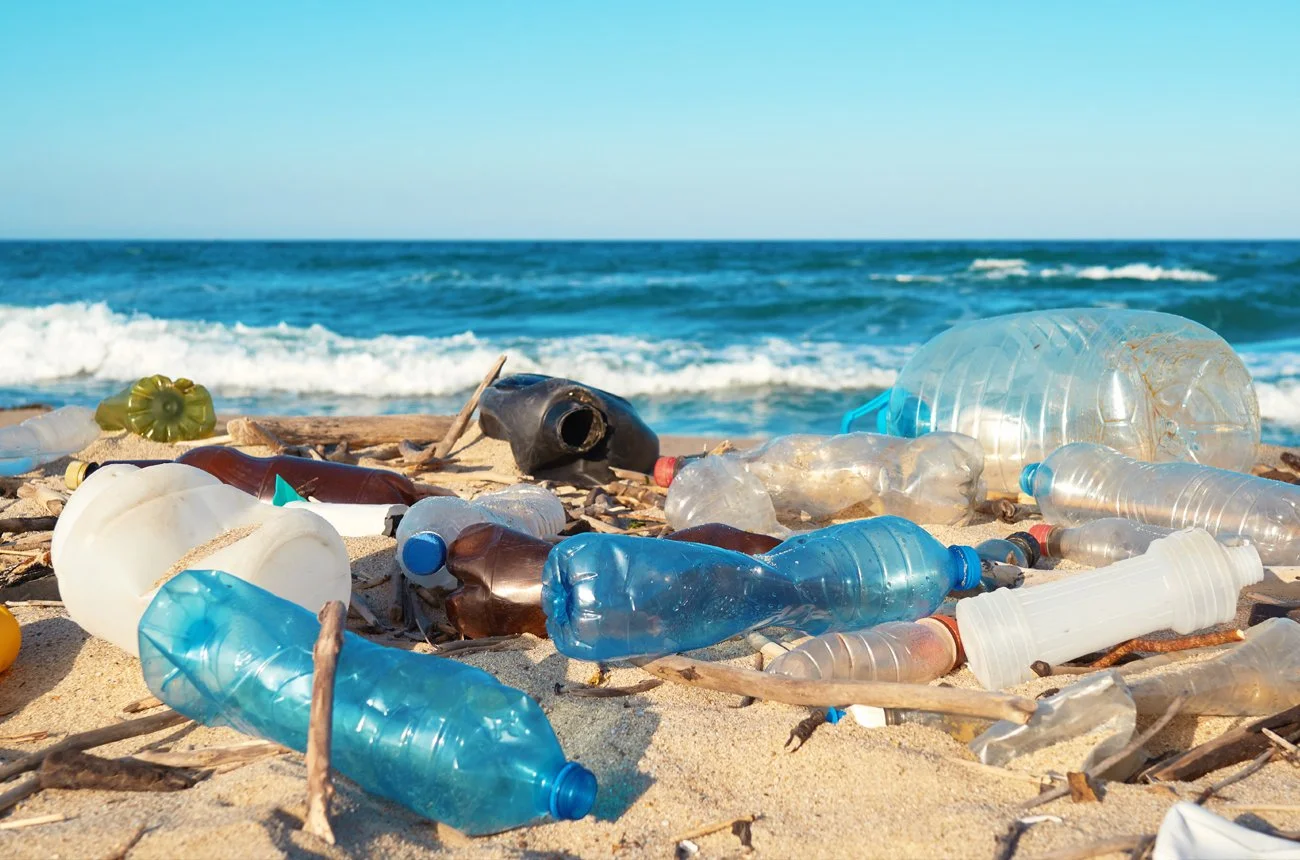Slow fashion is an umbrella term encompassing garments made from ethically sourced, organic, or recycled materials. These producers often use natural dyes, reducing pollution, and commit to fair labor practices, ensuring their workers are paid fair wages and operate in safe environments.
Read MoreWith fossil fuels a major source of plastic pollution, renewable energy could be the answer to bringing levels of plastic waste down and preventing carbon emissions. Involving renewable energy in recycling processes significantly lowers the carbon footprint associated with plastic waste management. It also provides economic advantages, creating new jobs and encouraging innovative technologies in the green energy sector.
Read MoreToday, brands must prioritise sustainable practices. Zero Plastic Oceans (ZPO), a recognized non-profit, provides standards like Ocean Bound Plastic (OBP) and Social+ OBP, which help companies meet high social and environmental benchmarks. By partnering with ZPO-certified organisations, brands can ensure accountability and earn consumer trust.
Read MoreThe brands making the most progress towards their recycling goals are those that integrate sustainability into their core business strategies. Rather than treating it as a standalone initiative, they weave it into the fabric of their operations.
These companies are working closely with organisations that help plug into their existing supply chains, leveraging the principles of the circular economy to secure raw materials in a sustainable way. This approach goes beyond merely setting targets—it involves creating the infrastructure and partnerships essential to achieving those goals.
Read MoreThe path to a circular economy can be challenging. Though things are changing, companies can still face some big hurdles, but the payoff is enormous. Switching to circular models is costly, and companies often balk at the price tag of overhauling their production lines and supply chain. Plus, there's the headache of tracking materials from start to finish.
Read MorePlastic pollution is often seen as a global issue—and it is. But according to the “A local-to-global emissions inventory of macroplastic pollution” article, the study shows us something even more critical: it’s also a very local issue. The new inventory doesn’t just highlight the global scope of plastic emissions; it zooms in on specific hotspots where plastic waste is being mismanaged. From crowded urban centres to remote rural areas, the data reveals where waste is leaking out of the system and ending up in our environment.
Read MoreLet’s talk about something a little more sustainable. We all love our fashion products, but it’s time to think about how they’re made and where they end up. In the ever-evolving fashion industry, packaging plays a crucial role in shaping a brand’s environmental and economic impact. For brands committed to sustainability, making informed, strategic decisions about packaging is not just a trend—it’s a necessity.
Read MoreThe Plastic Waste Management Framework underscores the need for a multifaceted approach to combat plastic waste. Countries must adopt contextually tailored strategies that consider their specific national circumstances, infrastructure capacities, and resources. The framework’s emphasis on integrating waste pickers, enforcing EPR, and utilising tools like DRS provides a roadmap for improving plastic waste management systems globally.
Read MoreIn our desperate search for solutions to the global plastic waste crisis, a dangerous idea has gained traction: burning plastic as a disposal method. This seemingly simple solution masks a multitude of severe consequences that threaten not only our immediate health but the very future of our planet. As we stand at the crossroads of environmental charge and convenience, it's crucial to understand why incinerating plastic is not just ill-advised—it's a potential catastrophe waiting to unfold.
Read MorePlastic waste is a big part of the household trash problem, making up about 11% of everything we throw away. That’s a whopping 250 million tons of plastic waste from homes each year, with another 110 million tons coming from factories. We clearly need to find better ways to manage this waste. Plastic has been amazing for consumer goods and packaging, but it takes forever to break down and those tiny microplastics are showing up everywhere – not good news for the environment.
Read More









